Description
HISTORY OF THE LSWR PADDLEBOX
Having already introduced the F13, E14, G14 and P14 classes of 4-6-0 which had all fallen significantly short of hopes and expectations. Drummond’s final throw of the 4-6-0 dice was the T14 Class which produced marginally better performance characteristics than its predecessors but with the same liabilities of heavy coal and water consumption combined with the serious ongoing ailment of hot axle boxes that afflicted all his 4-6-0s.
All were based at Nine Elms from new and were used exclusively on expresses to Bournemouth and Salisbury. Perhaps it says a great deal about the T14’s capabilities (or lack of) that the most difficult turn, according to Bradley, was a Salisbury working on tight timings with intermediate stops at Surbiton and Woking which became a D15 working as it, quite simply, kept to the schedule better than a T14. Having said that, O S Nock maintains that, when properly handled, the T14s were superior to the Urie N15s. As the ‘King Arthur’ Class, the N15 only came into its own once the alterations to the front end had been made in Maunsell’s time.
Returning to the general unpopularity of the Drummond 4-6-0s in general, it is worth noting that only the T14s managed a lifespan in excess of 19 years, which tells its own story. That they had a life of only eight years at the top of their appointed tree is also testament to their own inadequacy as they were quickly replaced by Maunsell’s N15s as they became available. Numbers 447 and 458 to 462 were fitted with the Drummond smokebox superheater, or steam drier. This steam drier consisted of two inch tubes arranged in grids in communication with the boiler tubes and therefore exposed to the hot combustion gases. They were in chambers which took the live steam whilst on its way to the steam chests. The remaining four engines used saturated steam, with the entire class later being fitted with the Eastleigh superheater by Urie, then later the Maunsell type by Maunsell.
That the T14s survived longer than their cousins is entirely due to Maunsell who saw that they had potential as a secondary level resource and also knew what probably needed doing to them to ensure their prolonged life. In 1930/1 he applied his well-known principles of simplicity and pragmatism to all ten members of the class. The infamous ‘paddleboxes’ over the driving wheels went and were replaced by a simple raised running plate. This, together with the installation of mechanical lubricators, went some way towards curing the hot-box problem. Maunsell also fitted his own pattern of superheater during the rebuilding phase but, with just one problem partially solved and an arguably better-looking engine, there was still no sign of any marked improvement in performance.
It was to be a logistical accident that eventually lengthened the T14s’ lives and is worth recording here. Nº447 required a replacement chimney in October 1940 but no spares were available and so a short stove-pipe chimney, all that was available at the time, was somehow fitted. Remarkably, there was a marked improvement in its steaming abilitity. The same enhancement was subsequently applied to all but one of the class as they went through Eastleigh works. The first withdrawal took place in 1940 (Nº458) following a direct hit on Nine Elms, but the rest carried on into nationalization with the beginning of the end for the remainder in November 1948 and the last one only surviving until June 1951.

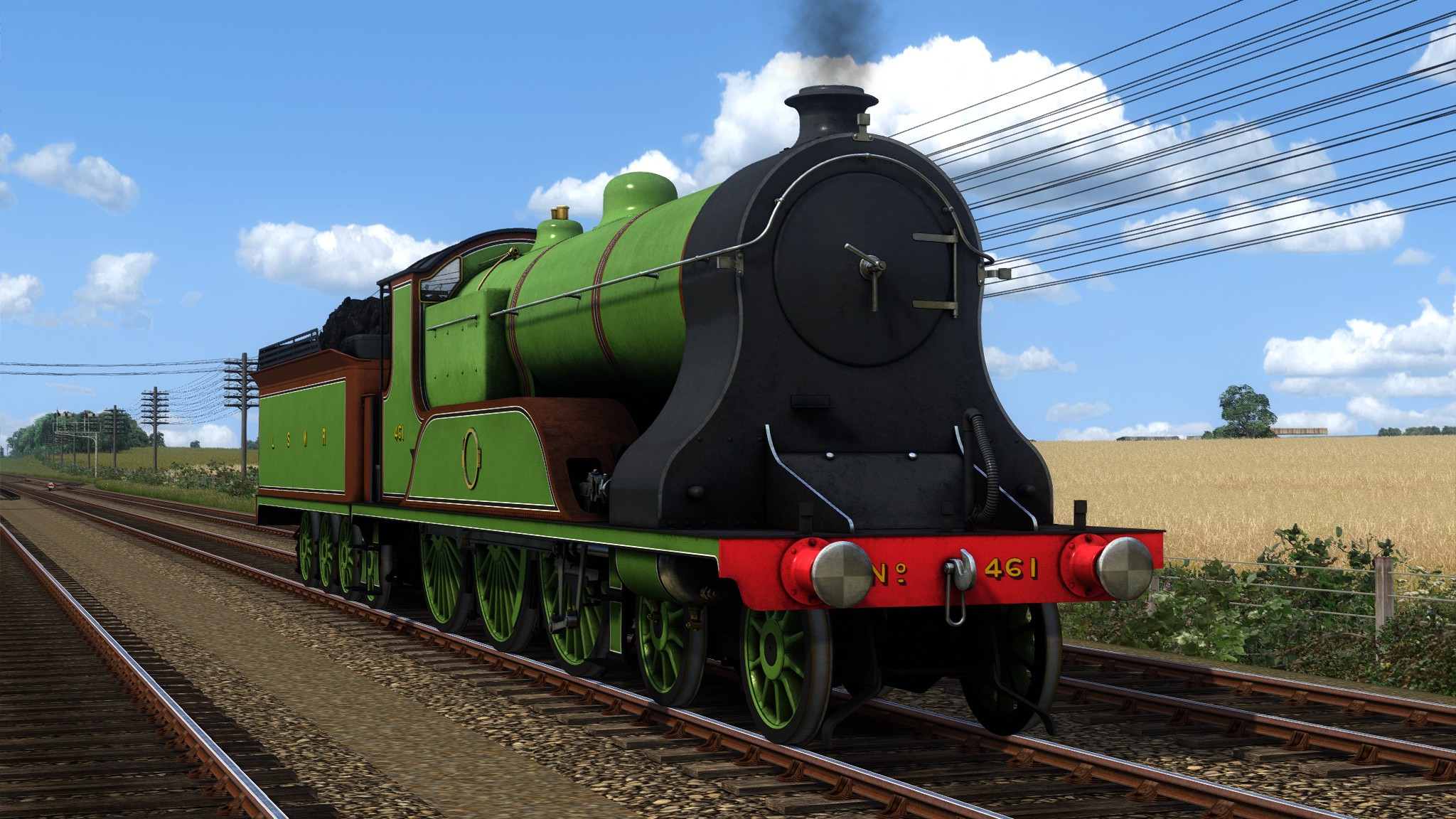
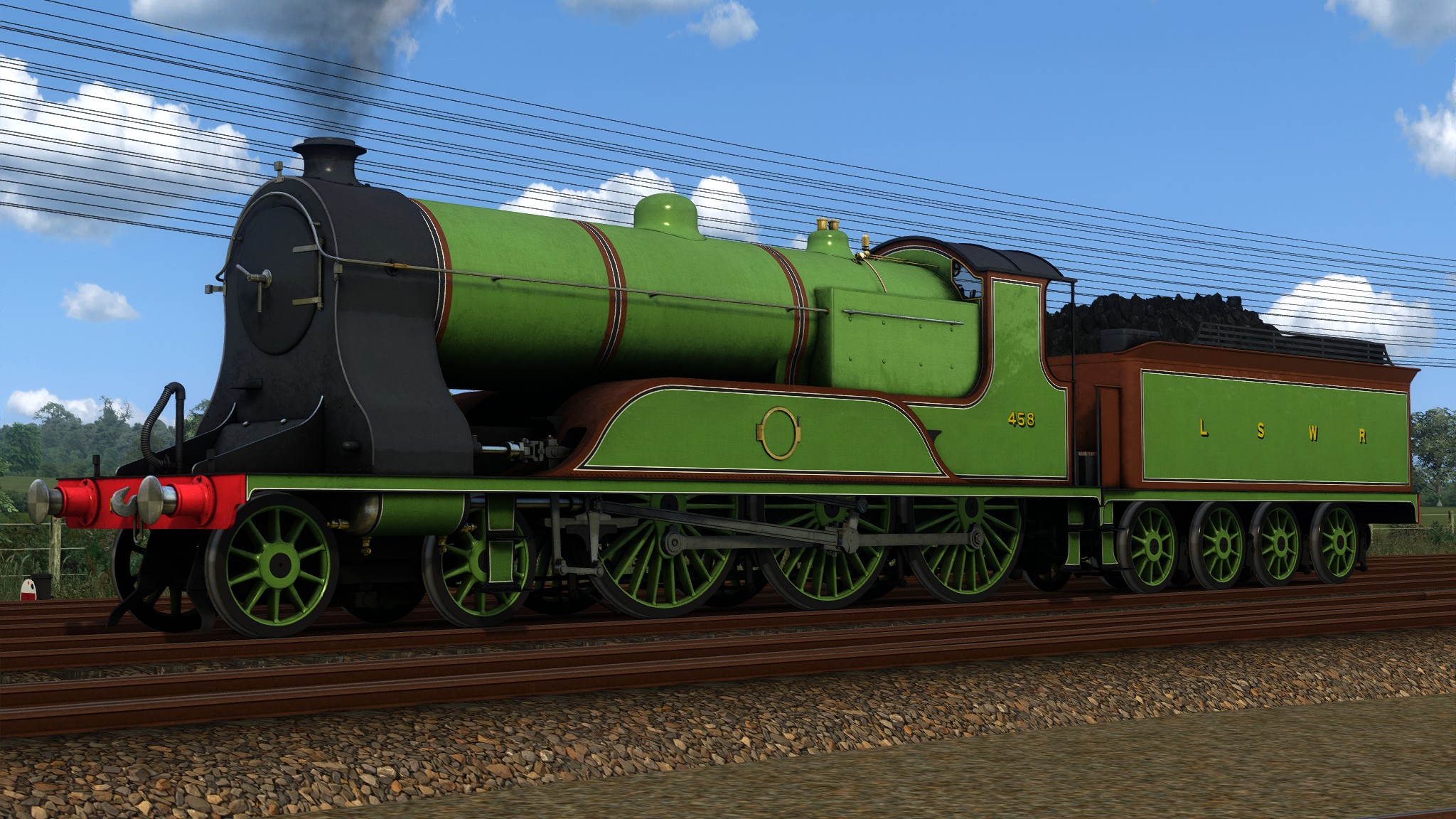
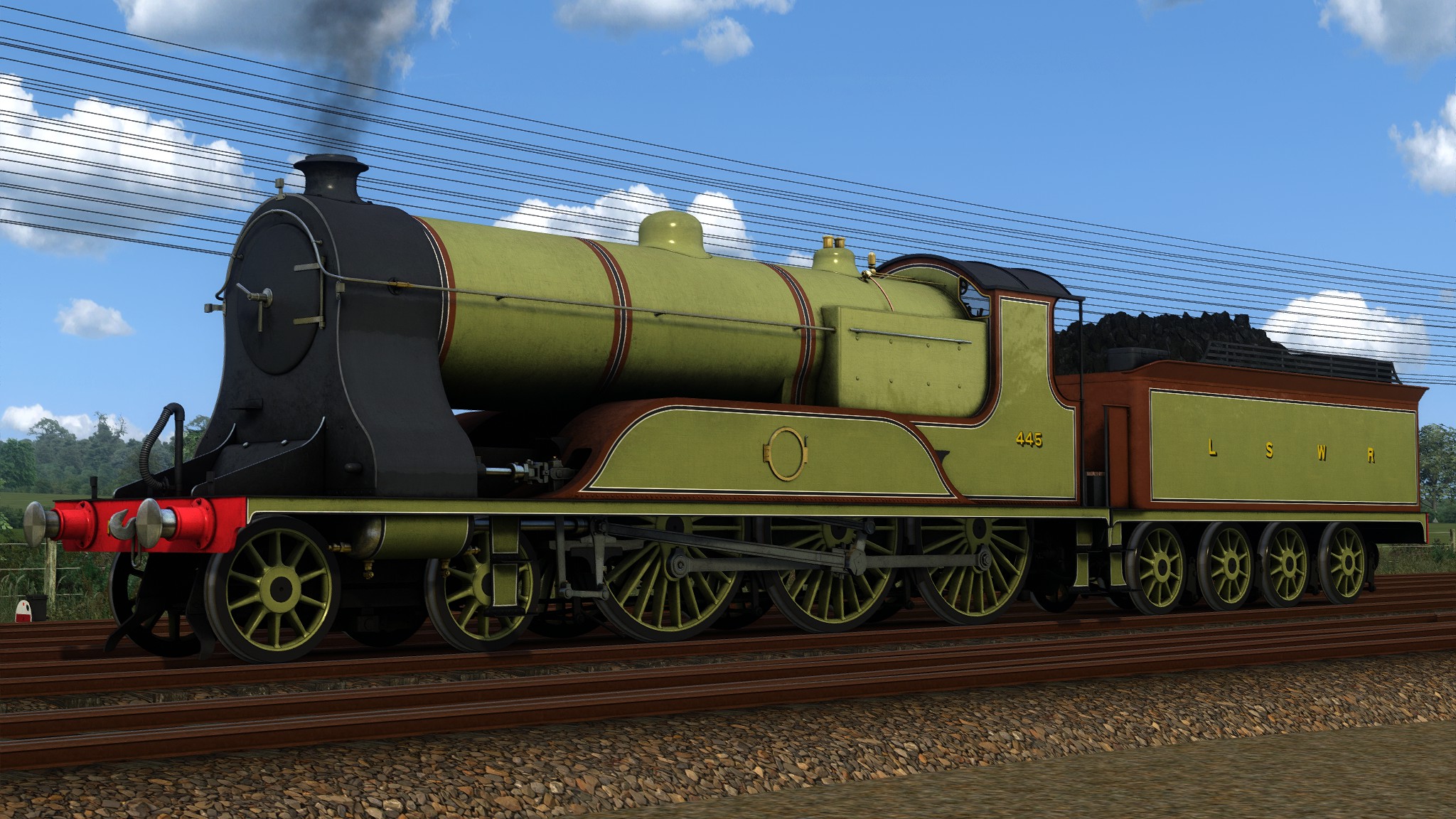
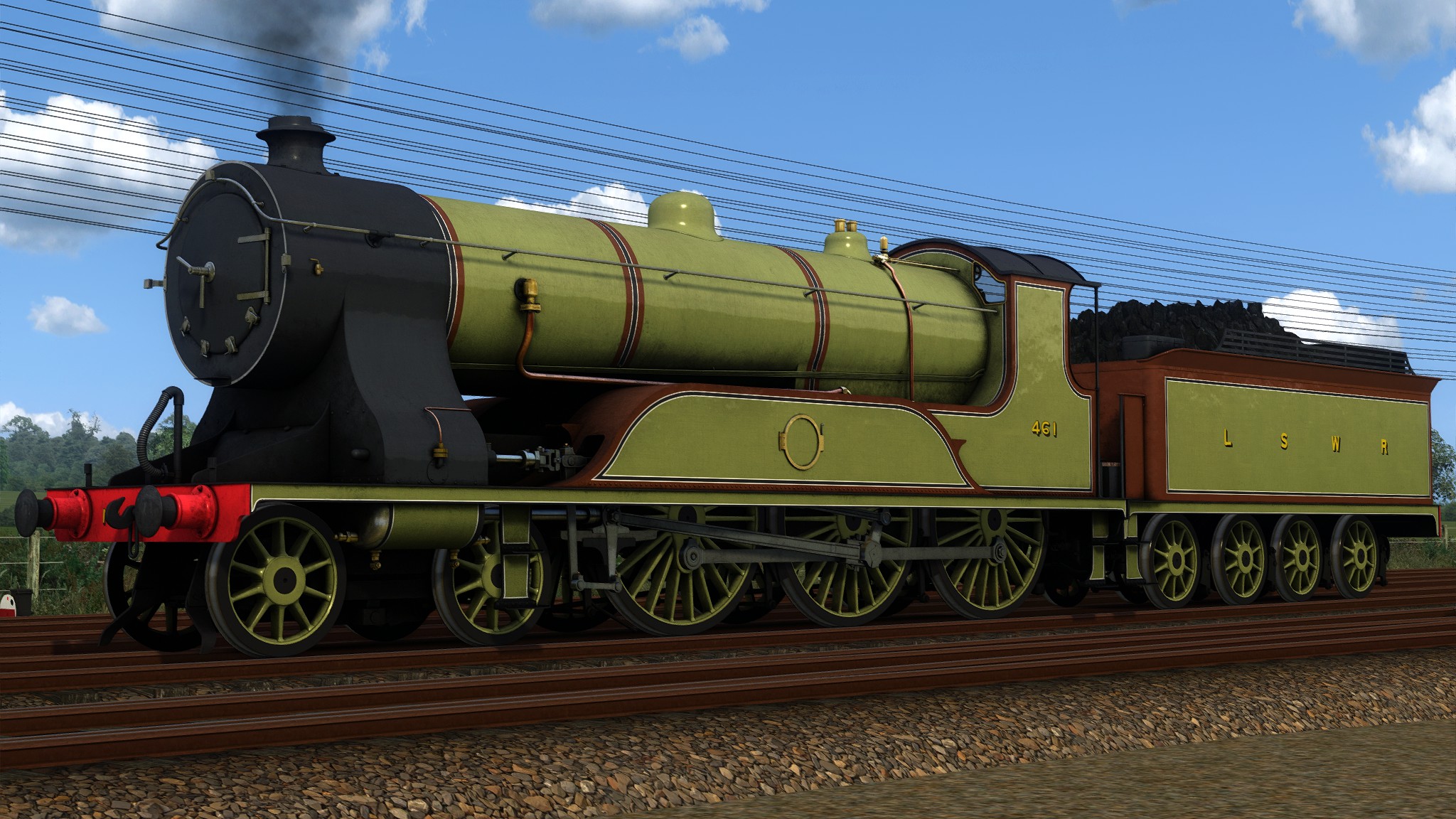

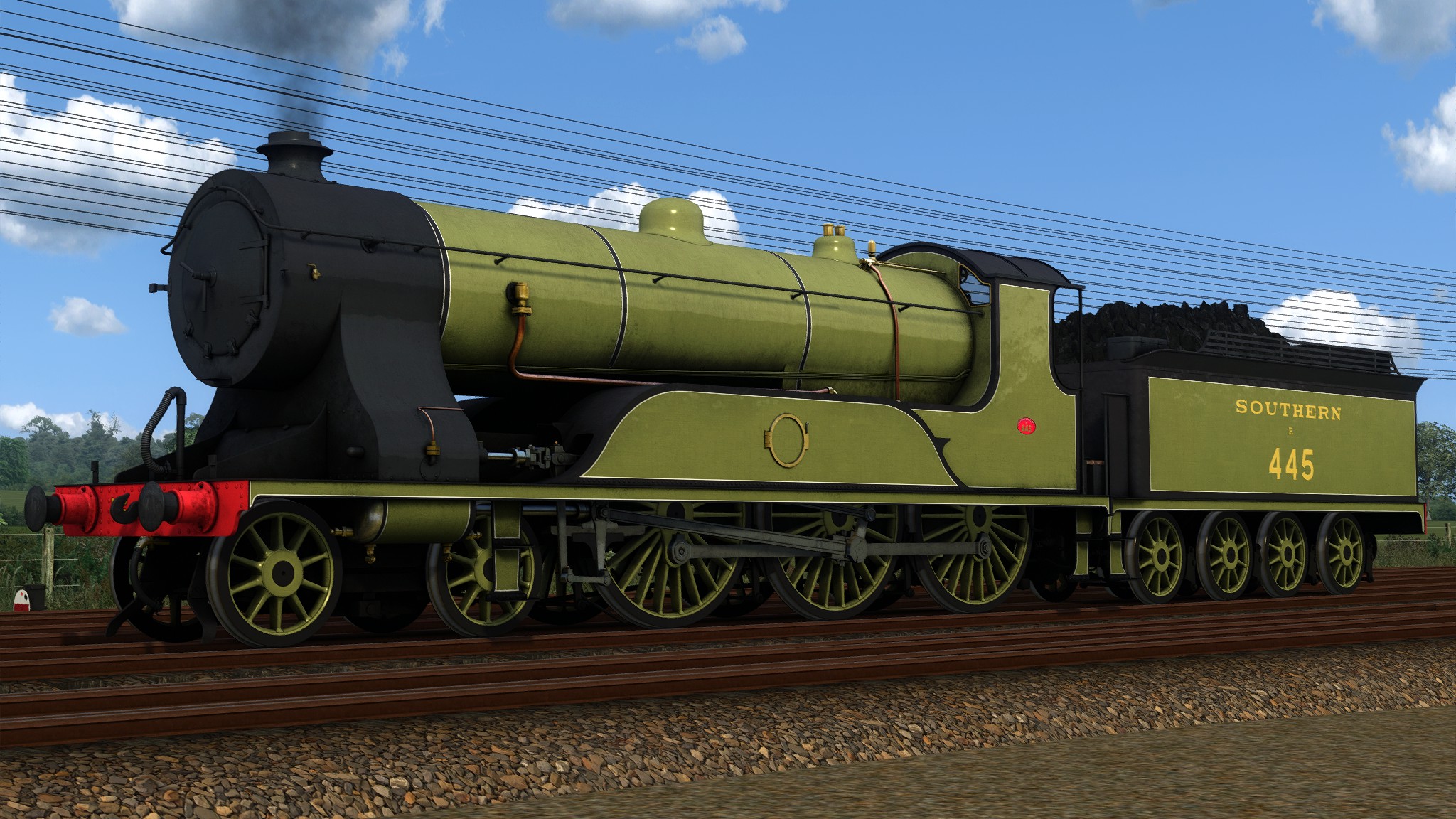
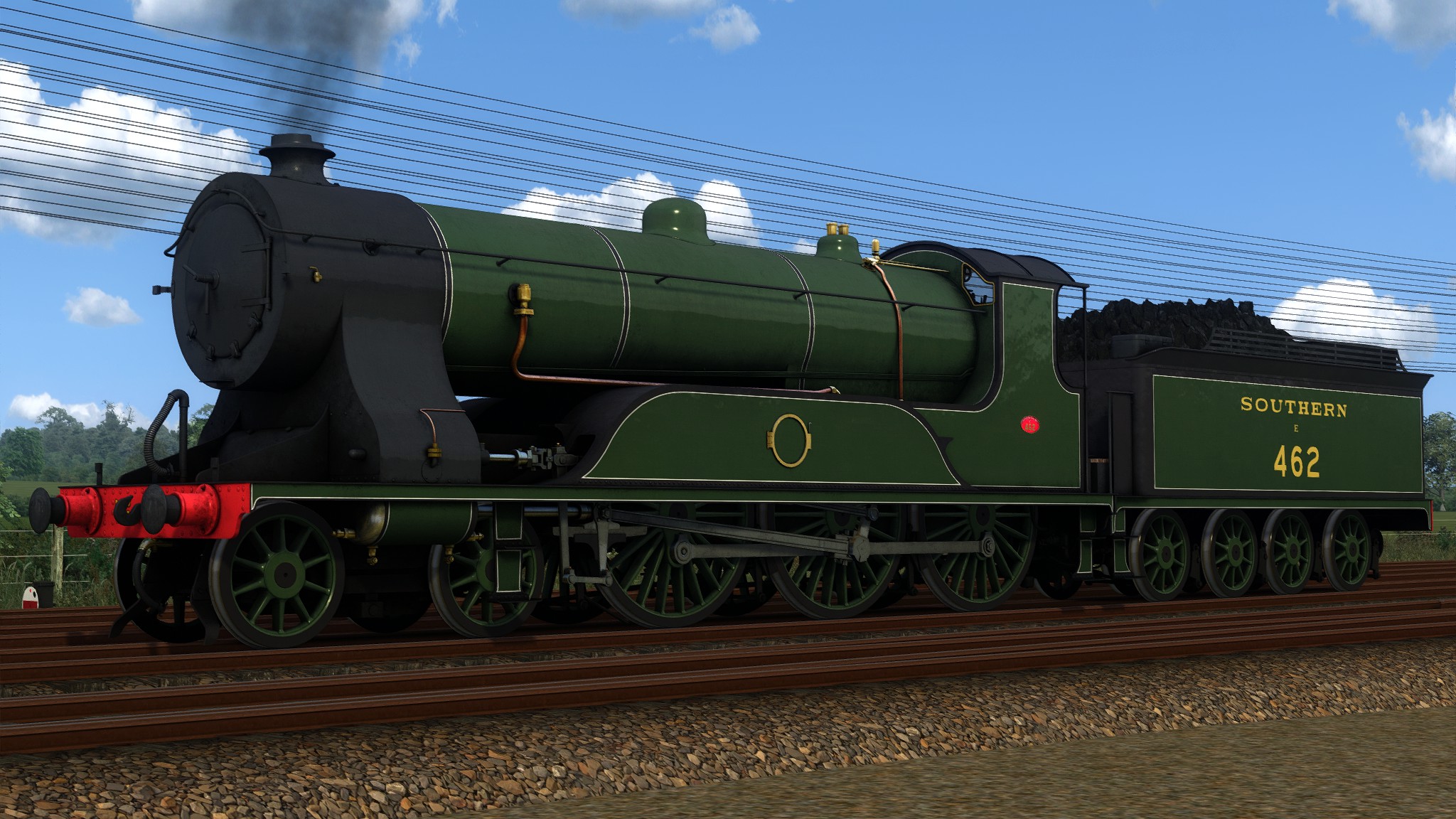
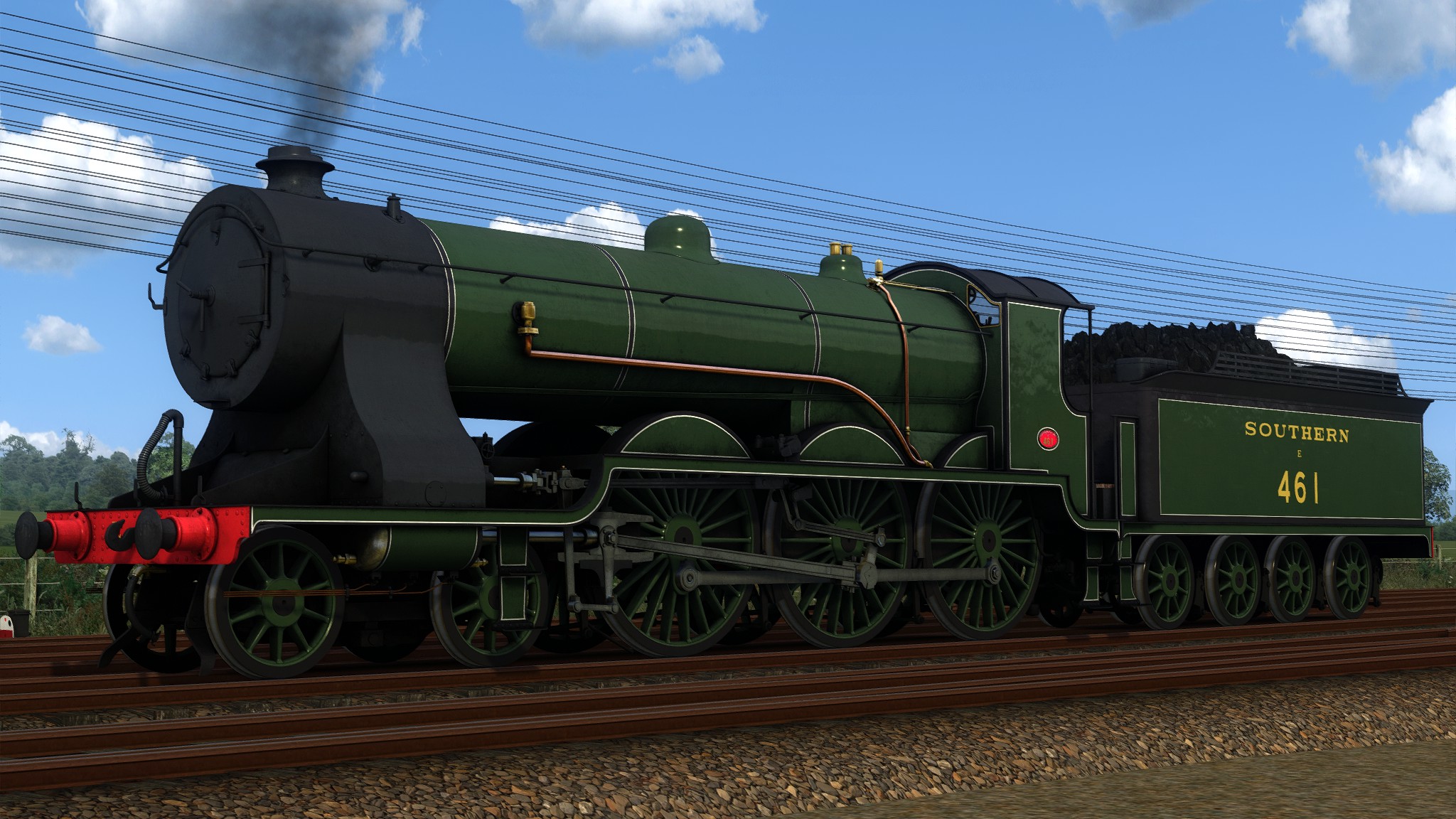
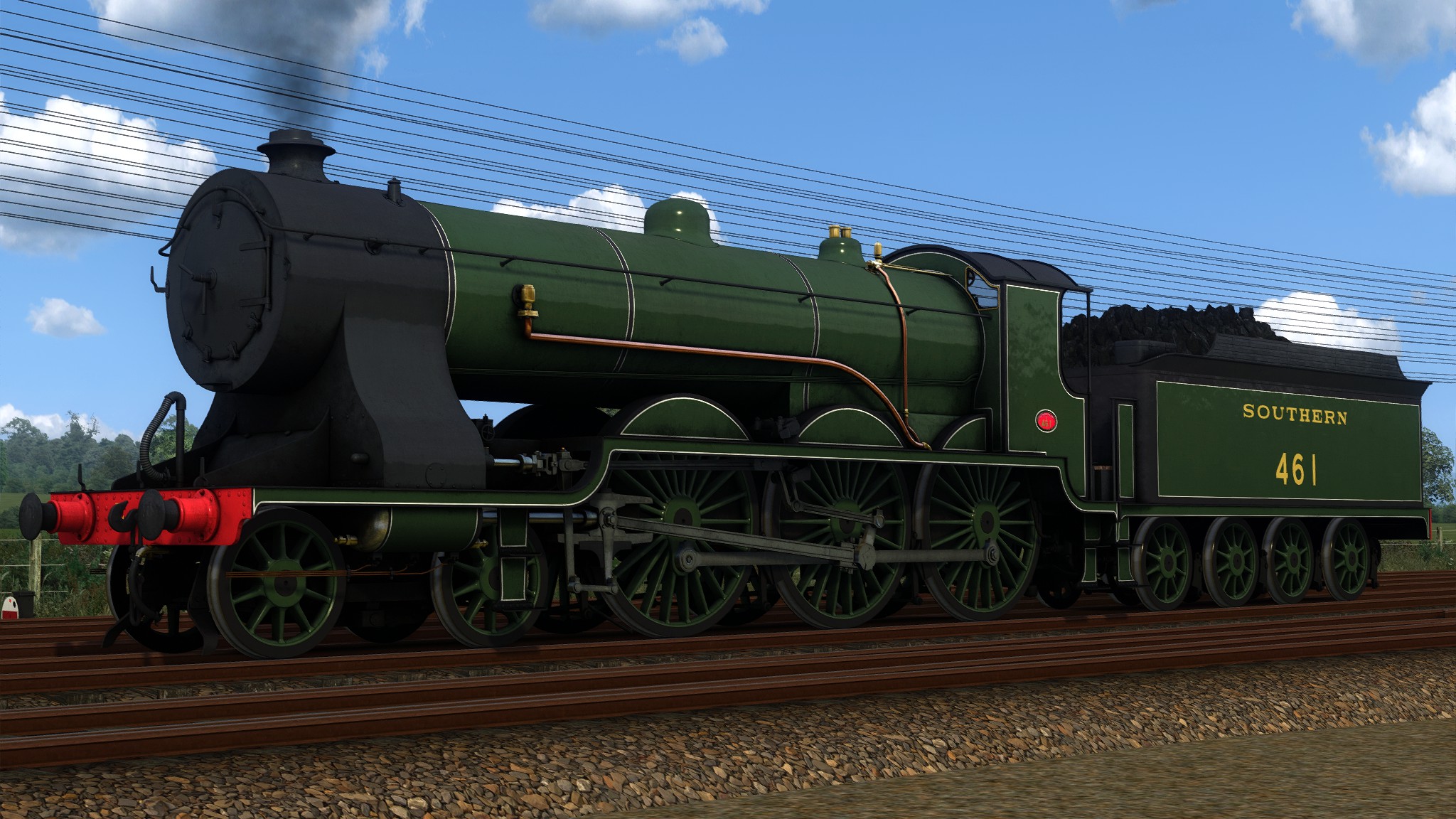
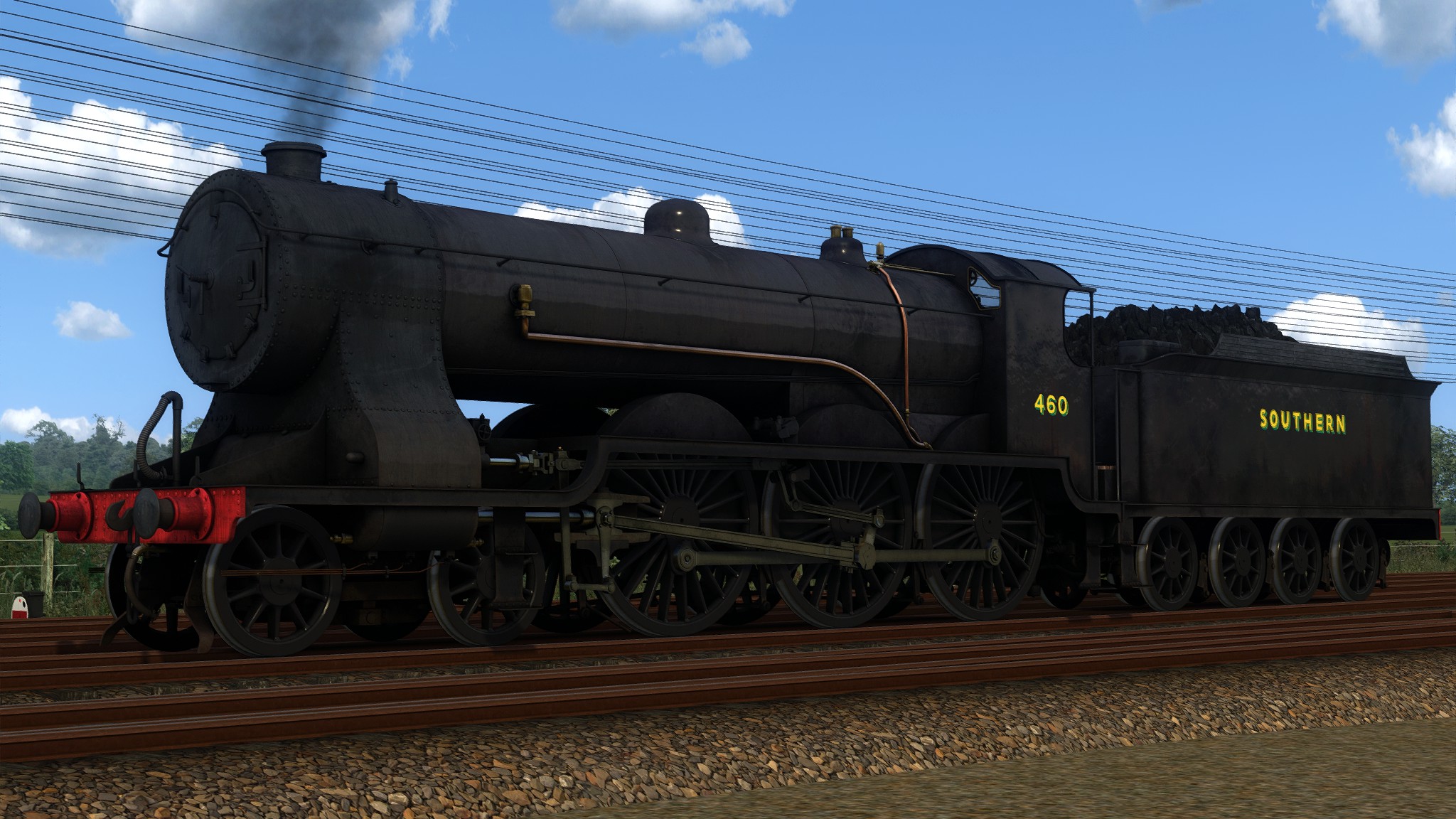
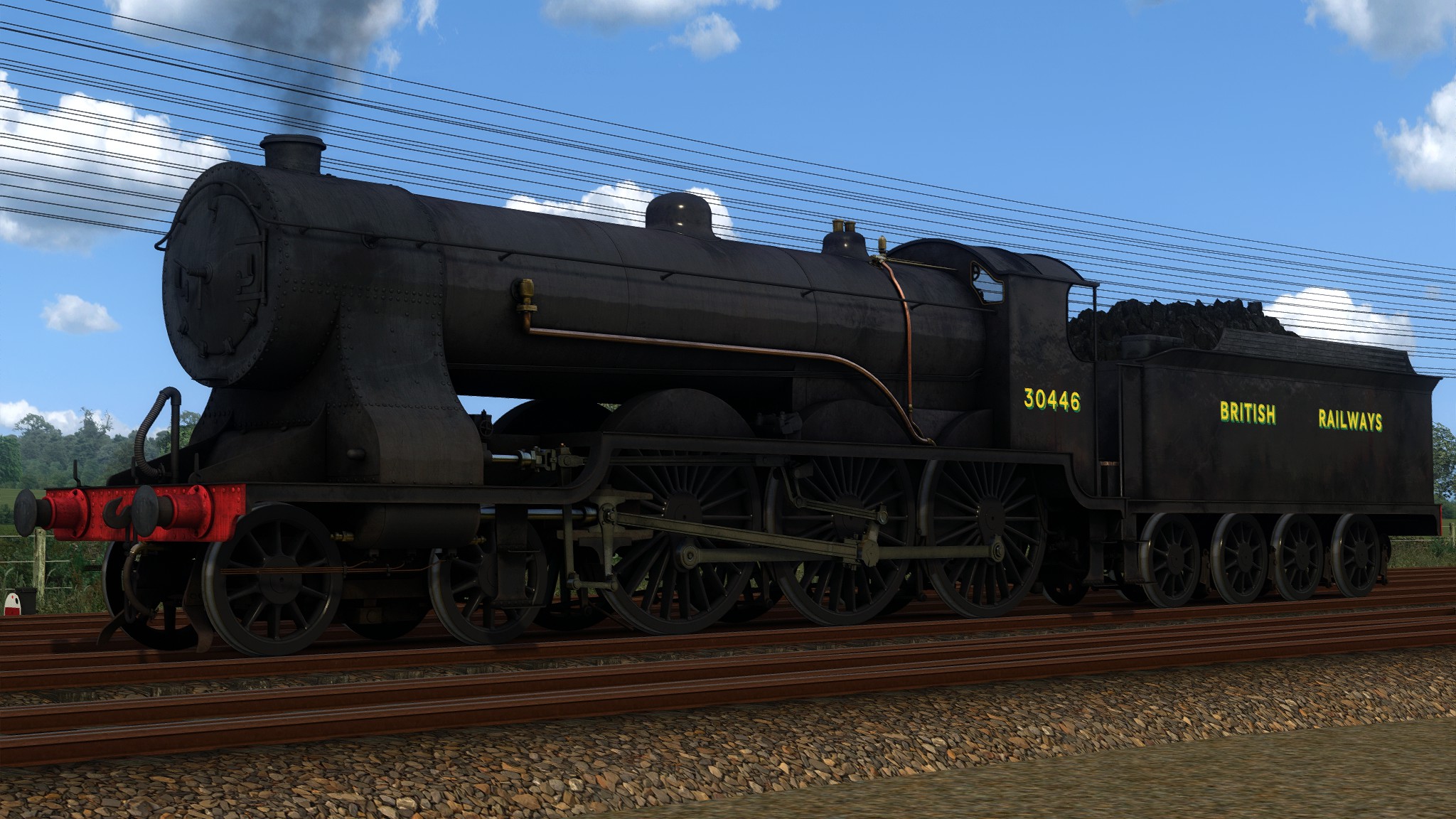
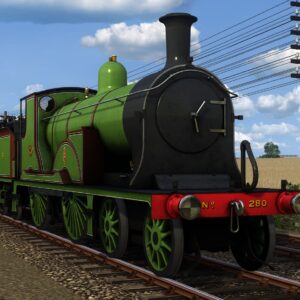
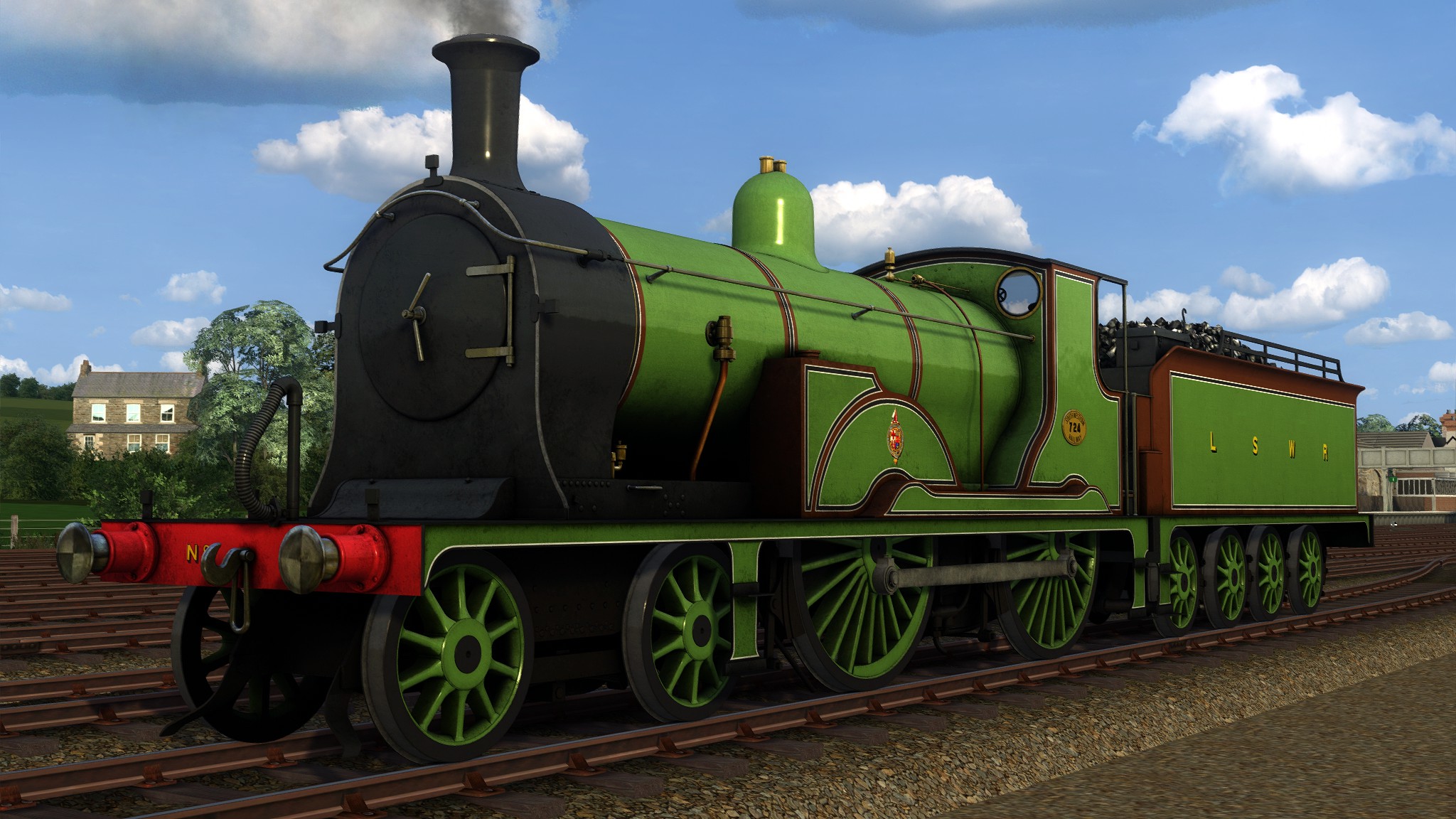
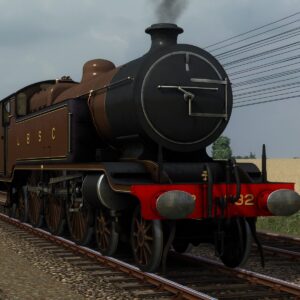
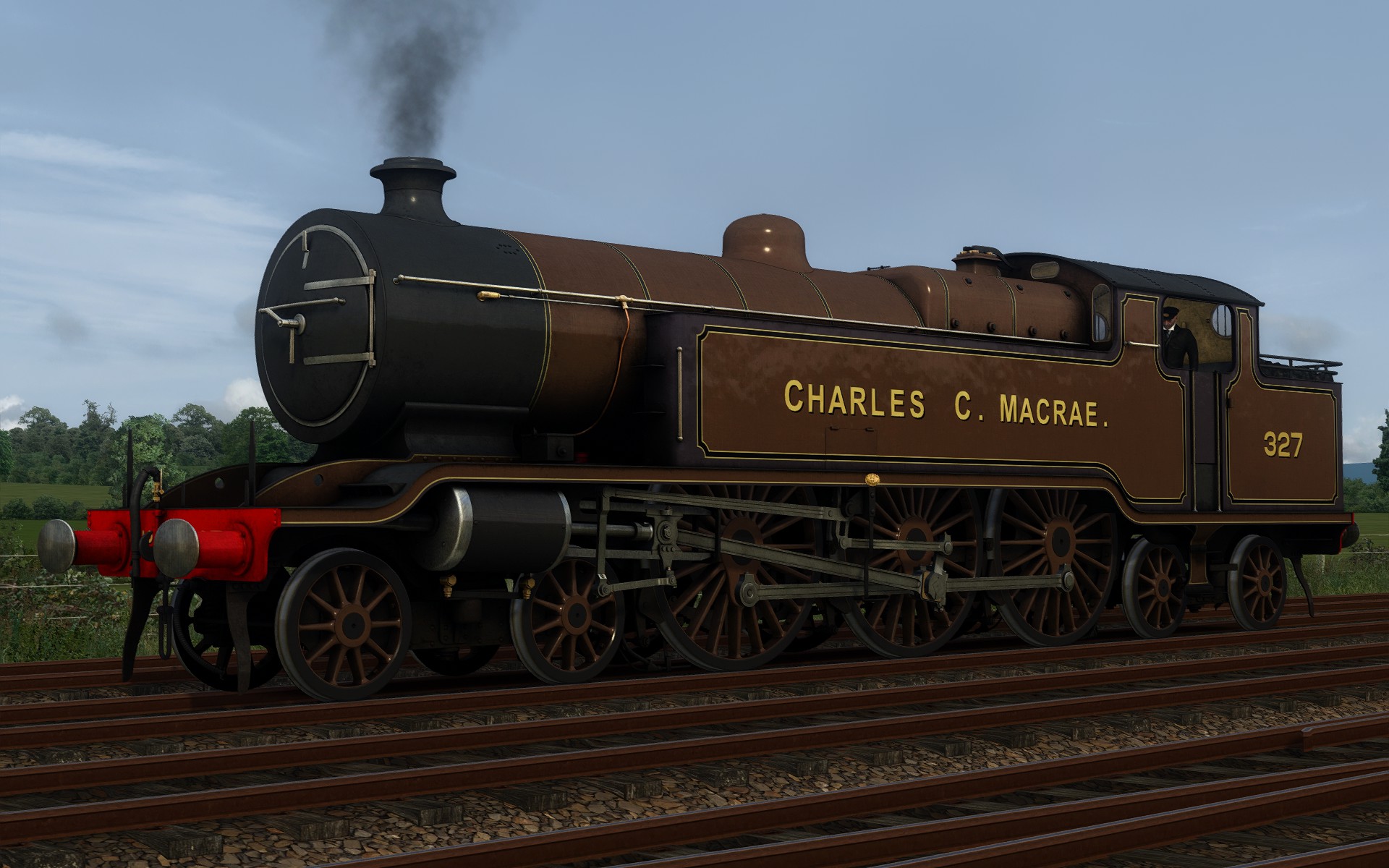
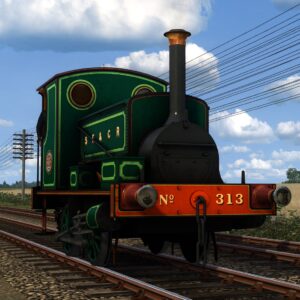
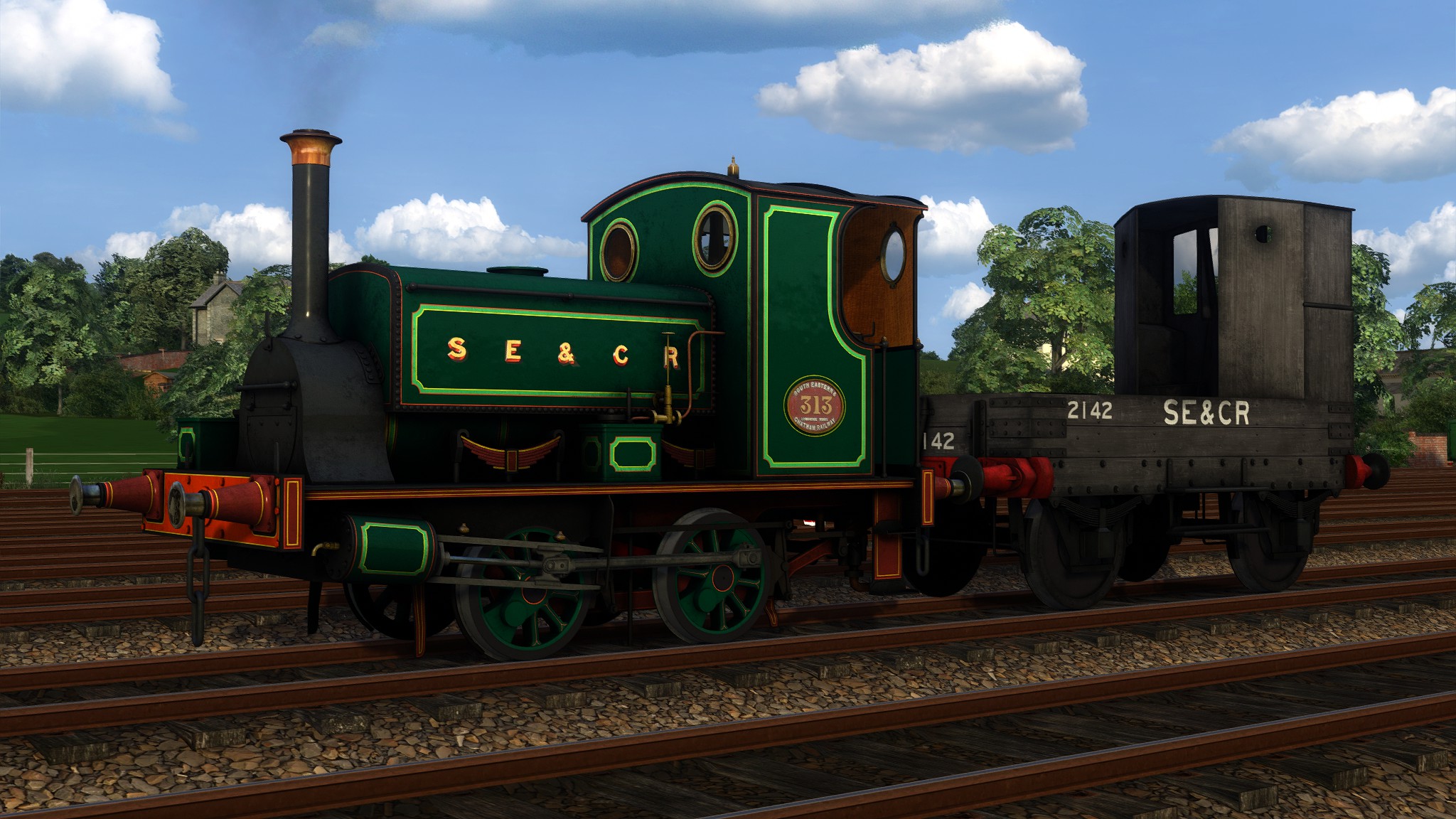
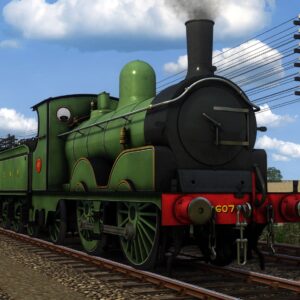
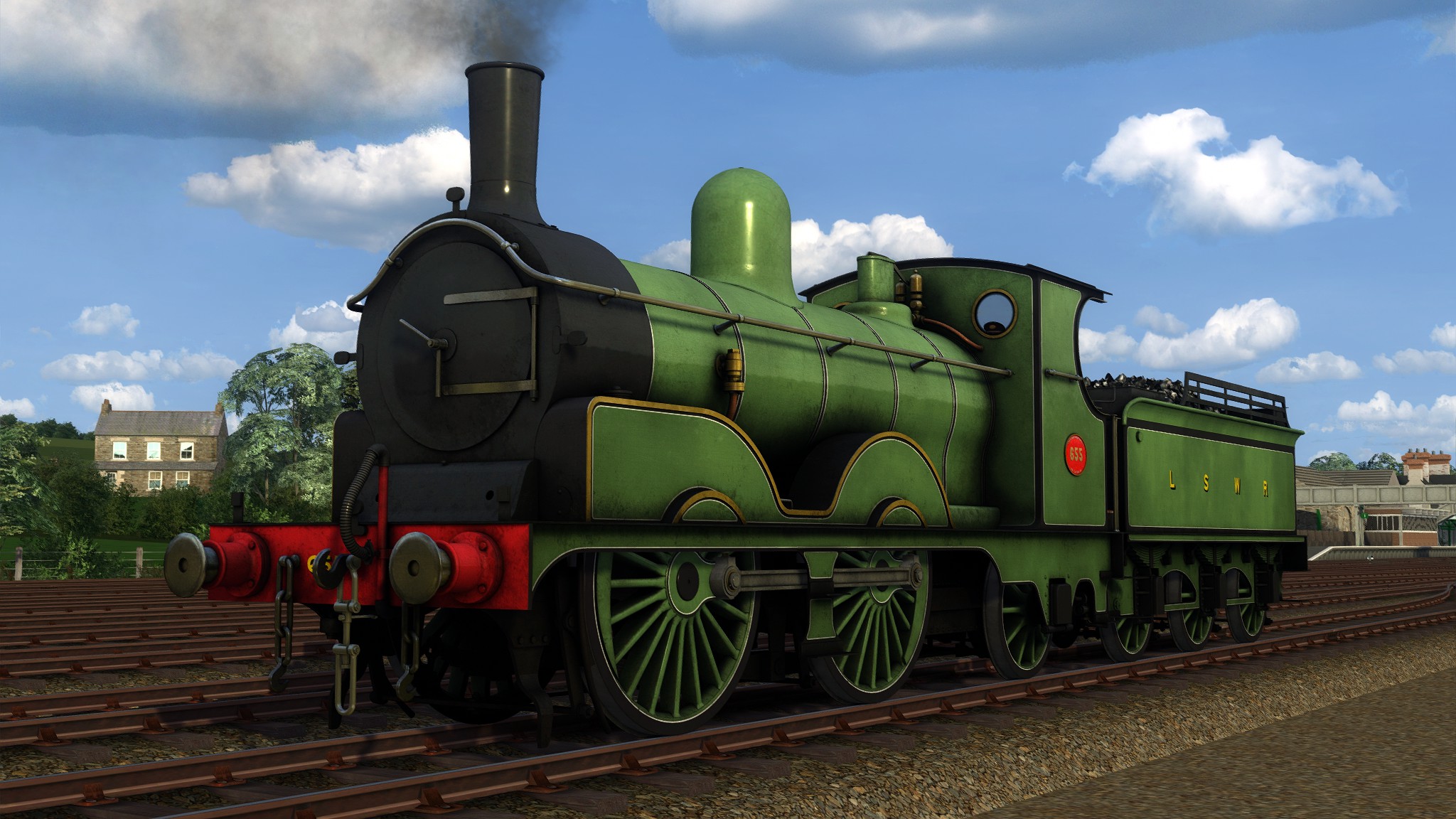
Reviews
There are no reviews yet.